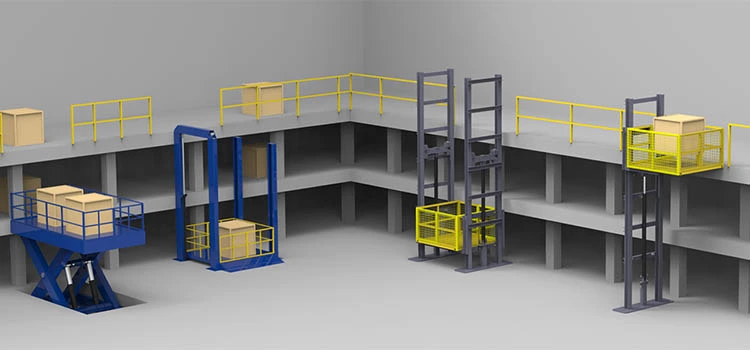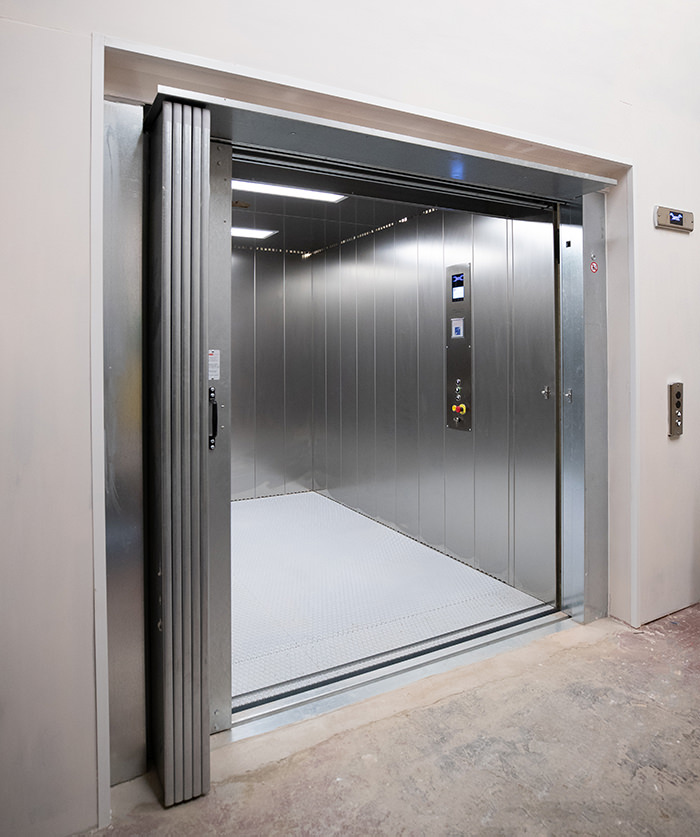Leading Lift Companies in London: Delivering Exceptional Solution and Assistance
Leading Lift Companies in London: Delivering Exceptional Solution and Assistance
Blog Article
Delving Into the Globe of Elevators: Usual Problems Faced by Numerous Lift Mechanisms
As we browse with the upright transport systems of modern-day buildings, lifts stick out as an important component of our everyday lives. However, behind their smooth operation lies a globe of elaborate devices that can in some cases run into difficulties. From hydraulic lifts to traction systems and machine-room-less layouts, each lift type includes its set of typical concerns. Comprehending these obstacles is important for making certain the smooth functioning of these vital systems. Let's check out the complexities that underlie the operation of lifts and the possible issues that can develop, losing light on the elaborate internet of lift devices.
Hydraulic Elevators
Hydraulic elevators, commonly preferred for low-rise buildings, use fluid stress to regulate the activity of the lift vehicle (lift repair companies). This system entails a hydraulic pump pushing oil right into a cylinder, causing the elevator to relocate the preferred instructions. While hydraulic elevators are understood for their smooth and silent procedure, they do feature their very own set of common issues
One prevalent problem with hydraulic elevators is oil leakage. The seals in the hydraulic system can break in time, resulting in oil seepage. This not only develops a mess yet can additionally influence the lift's efficiency if left unaddressed. In addition, concerns with the control system, such as malfunctioning valves or a malfunctioning pump, can create disruptions in the lift's movement.
Normal upkeep and prompt repairs are important to ensure the smooth performance of hydraulic lifts. By attending to these common concerns proactively, structure owners can minimize downtime and make certain the security and efficiency of their upright transport system.
Traction Lifts
When thinking about vertical transport systems in buildings, an additional typical type apart from hydraulic elevators is the grip elevator. Grip elevators run utilizing a system of ropes and counterweights that relocate the elevator auto by grasping onto the hoist ropes. This mechanism permits for smoother and quicker upright transport compared to hydraulic systems.
Among the typical issues encountered by traction lifts is rope wear. The continuous movement of the ropes within the grip system can result in damage over time, possibly causing the elevator to breakdown or end up being hazardous for usage. Regular assessments and maintenance of the ropes are vital to make certain the elevator's correct functioning and safety and security.
One more concern that traction elevators might experience is connected to the control system. Issues with the control system can cause concerns such as unpredictable activity, delays in action times, and even complete shutdowns. Routine screening and maintenance of the control system are vital to avoid such problems and make sure the lift's reliability.
Machine-Room-Less (MRL) Elevators

One of the crucial elements of MRL elevators is the portable gearless grip equipment that is mounted within the hoistway. This maker successfully drives the elevator cars and truck without the need for large equipment located in typical traction lifts. Furthermore, MRL lifts normally use a weight system to balance the cars and truck, further boosting their energy effectiveness.
Regardless of their benefits, MRL elevators may deal with obstacles related to repair and maintenance due to the confined area for tools installment. Ease of access for servicing elements within the shaft can be restricted, calling for specialized training for specialists. Appropriate upkeep routines and normal examinations are essential to guarantee the continued smooth lift repair near me procedure of MRL lifts.
Overloading and Weight Limitation Issues
Straining and weight restriction concerns are important worries in elevator operations. Lift suppliers layout raises with particular weight capacities to ensure guest safety and security and tools durability.
When elevators are overloaded, it puts too much stress on the electric motor, cable televisions, and other components, possibly triggering breakdowns or malfunctions. Security mechanisms such as sensing units and overload sensors are in area to stop lifts from relocating if they spot excess weight. Furthermore, surpassing weight limitations can bring about raised energy consumption and damage on the elevator system.
To mitigate overwhelming concerns, developing supervisors ought to plainly display weight restrictions in elevators and inform owners on the value of sticking to these restrictions - lift repair companies. Normal maintenance checks by qualified technicians can likewise aid ensure that elevators are running within safe weight specifications. By resolving overloading and weight limit problems proactively, structure owners can improve lift safety and security and efficiency
Electrical System Failings
Going beyond weight limits in elevators can not just bring about mechanical issues but likewise possibly add to electric system failings within the lift infrastructure. Electrical system failures are an essential concern in elevator operation, as they can trigger unforeseen closures, breakdowns, or also safety hazards. One common electrical problem is the overheating of elements because of too much existing circulation triggered by straining the lift past its ability. This can lead to damage to the control, circuitry, or electric motor systems, causing pricey fixings and downtime.
Moreover, power rises or variations in the electrical supply can also disrupt the lift's operation, affecting its efficiency and safety and security. These electrical disturbances can harm sensitive lift elements such as control panels, motherboard, or sensing units, resulting in system failures. Normal maintenance and inspections are crucial to recognize and deal with potential electric concerns promptly, making sure the risk-free and efficient procedure of elevator systems. By adhering to weight restrictions and conducting regular electrical system checks, structure owners can minimize the risk of electric failures in lifts.
Conclusion

Hydraulic lifts, typically preferred for low-rise structures, utilize fluid pressure to regulate the motion of the lift automobile.When taking into consideration vertical transport systems in buildings, one more usual type apart from hydraulic lifts is the traction lift. Grip elevators run using a system of ropes and counterweights that relocate the elevator cars and truck by clutching onto the hoist ropes. Unlike conventional lifts that require a separate equipment room to house the devices, MRL lifts incorporate most of the elements within the shaft, removing the need for a specialized machine room.In final thought, lifts face common problems such as hydraulic breakdowns, grip system failings, and electrical system issues.
Report this page